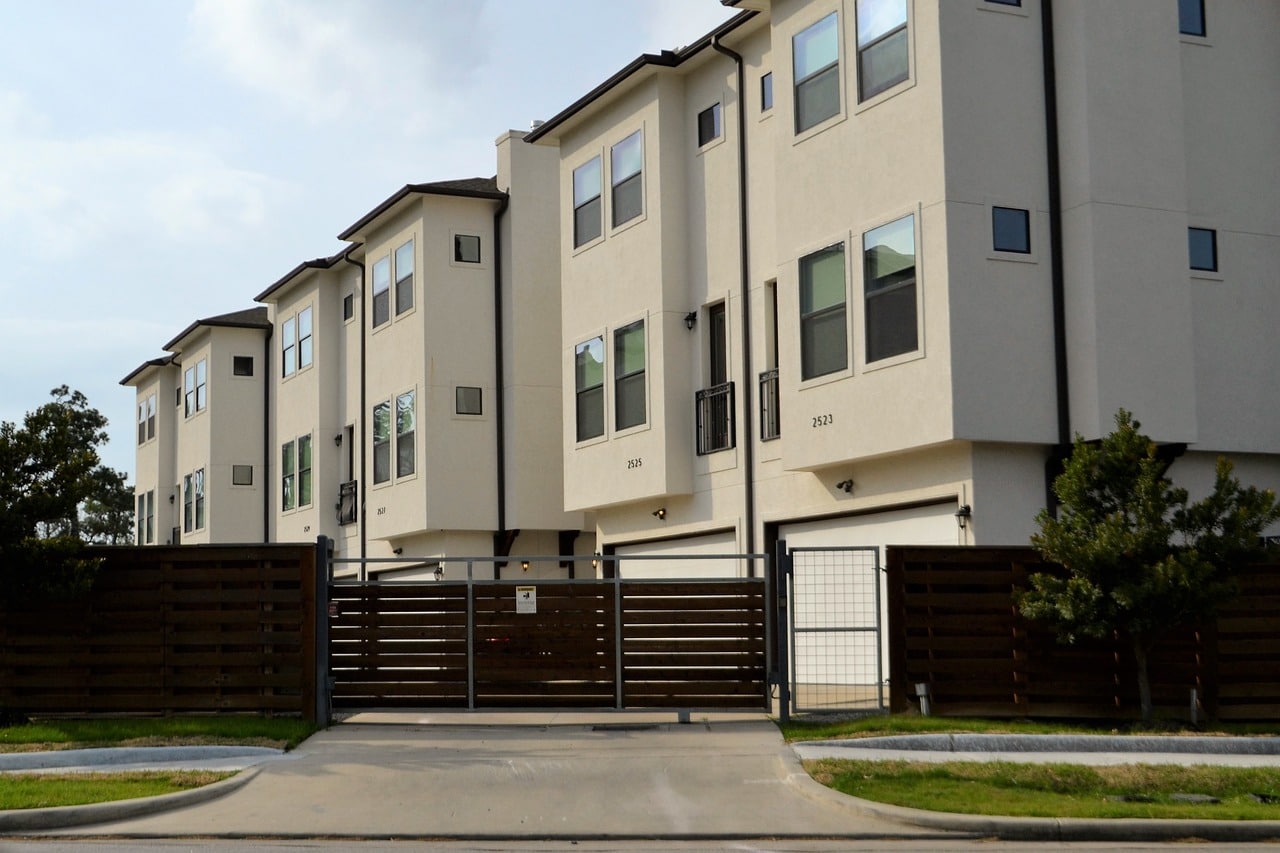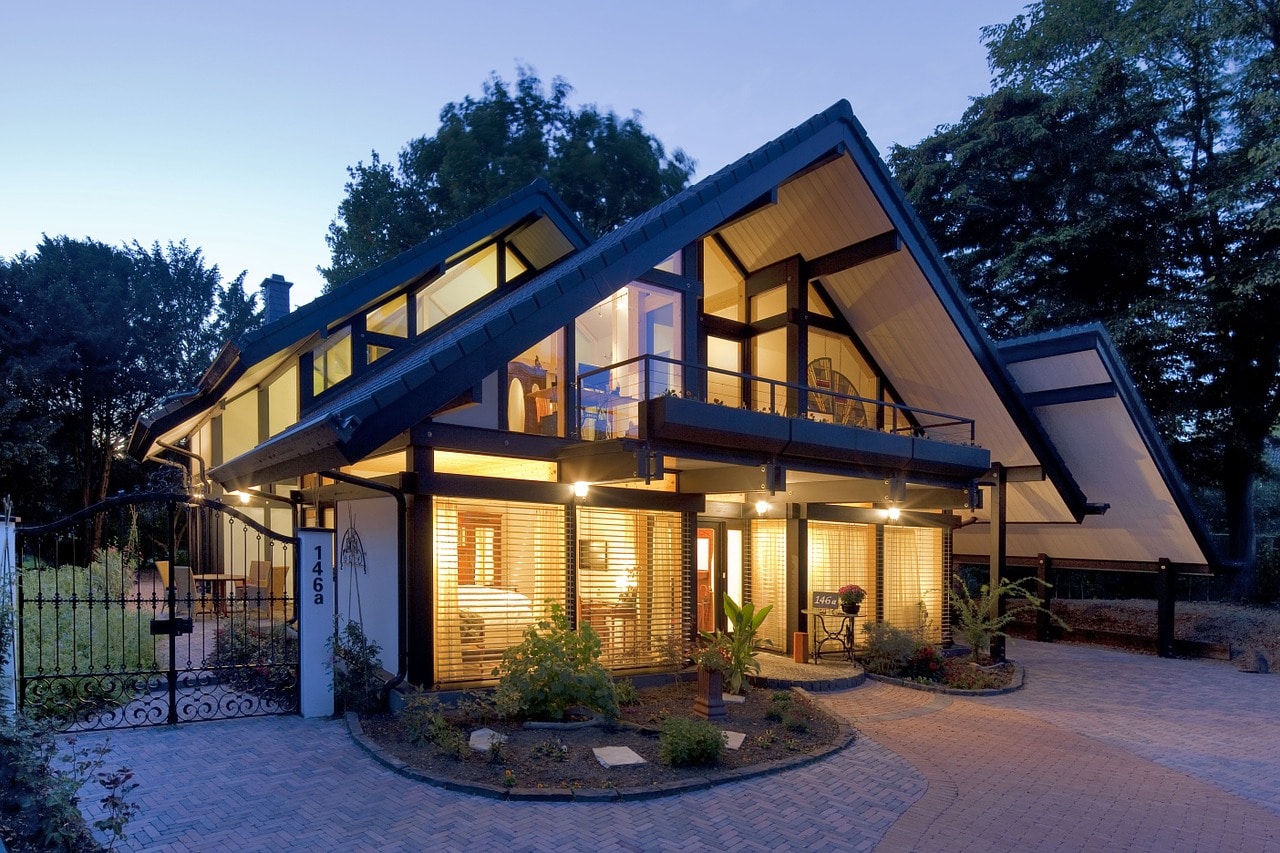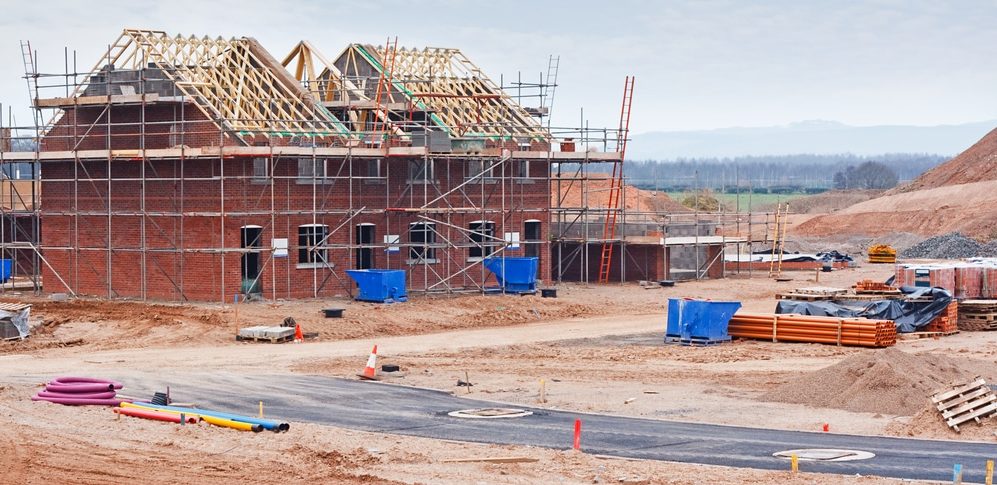Housebuilder trends in 2019
Certain trends stick around for what seems like forever, while others only last for a year or two, or sometimes even less. The housebuilding industry is at the moment under a significant paradigm shift, as new trends pop up in the sector on a constant basis.
Digital technologies, stricter regulations and the need for better collaboration and communication are some of the main focal points in the housebuilding sector today. Fast and efficient communication lies at the heart of this shifting effort and can pave the way to a more open and integration-friendly future for home providers.
It quickly becomes clear that housebuilders have to take into account a vast number of parameters in order to succeed in their mission. That comes as no surprise if we consider the complexity of housebuilding projects and the challenges that appear during the different phases.
Good news is that the industry starts realising the big effort needed for the successful completion of a housebuilding project and the valuable help that digital solutions can offer to that direction.
However, for this endeavor to be rewarding, housebuilders should have a good understanding of the most notable trends that are coming their way. With that in mind, we prepared a detailed list of the most interesting points that housebuilders should keep an eye on moving forward.
![]()
Without further ado, here are 7 housebuilder trends that everyone in the industry should know about:
1. The sector goes digital
In the course of the last decade, digital tools have managed to acquire a significant place in the housebuilding sector. Nevertheless, there is still a long way to go before we can claim that the industry is fully-digitised and that the level of collaboration and communication between the numerous project stakeholders is where it should be.
The advent of digital solutions could accelerate the development and completion of a project while creating at the same time a more flexible and consistent building process. For this to happen, though, a reliable software is required. In that way, housebuilders will have the ability to address a substantial problem for the sector: the collection and good management of data.
Find also: The hell and heaven of housebuilders
It is no secret that housebuilding projects generate tons of data. The big question that needs to be addressed is what happens to these valuable bits of information. This is where digital tools come in the picture. Through the collection and analysis of the data, housebuilders gain access to a whole new universe which allows them to build more efficiently both in the present and future.
In other words, it is a source of intelligence for future projects as it enables the creation of certain building patterns based on which the housebuilding sector could examine and eventually optimise the entire construction process.
2. Data ecosystems show the way
We just referred to the power that data holds for the industry. Nonetheless, it’s not always the collection and analysis of data that matters. The way we share it throughout the value-chain is another substantial factor that the sector should take into serious consideration.
‘It is the death of the enterprise and the birth of the ecosystem. A small independent business that tries to specialize in something is better than a bigger company that tries to do everything themselves. Just imagine of companies being the best on what they can be at and working together to produce an enterprise level solution through ecosystems’, says Matthew Jackson, Global Manager of the Hercules Platform at BIMobject.
Simply put, the future of the housebuilding sector is based on collaboration. Data should be seen as the gas which drives the industry forward. By being able to share their data with other field experts, housebuilders can unlock incredible opportunities for the entire ecosystem and contribute to the establishment of an unhindered information flow which can be critical for minimising cost and boosting efficiency in the housebuilding industry.
This is also one of the main reasons why in LetsBuild we have invested heavily in integrations so that you can bind your existing systems into a single platform.
3. New government regulations
One more parameter that can have a direct impact on how we design, operate and build in construction has to do with the stricter state regulations that are introduced around the globe. Of course, the type of these regulations might differ depending on the country in which a housebuilder is based.
It goes without saying that regulations can generate additional workload for people in the sector but not all of them are necessarily bad. For instance, the BIM Level 2 Mandate introduced by the UK government a while ago can play a decisive role in boosting the digitisation of the sector.
Read more: Housebuilding guide – Gaining control over multiple projects and developments
Another good example is the stricter regulations when it comes to life and fire safety. Especially after the terrifying Grenfell Tower accident, there is an imminent need for new and more carefully elaborated specifications in regard to fire protection. A good start would be the adoption of better fire safety practices by facade designers. With good engineering and top quality materials a change in this direction is possible.
Regardless of the type of regulations, we are talking about, governments and housebuilders should sit on the same table and try to come up with a detailed plan which can improve the quality of the entire building process.
4. New competition
As we already mentioned, the housebuilding sector is at the moment under a significant change. Asia and the Middle East have gained remarkable momentum and as a result, European and American housebuilders have started feeling the pressure.
The Asian housebuilding industry has done some great steps forward, such as the adoption of innovative building techniques which can reduce cost and completion time. A very representative example is the production of 3D printed houses.
As reported by The Guardian, a Chinese construction company is making use of a huge 3D printer which can spray cement and construction waste to build homes. The firm claims that the cost for each house doesn’t exceed $5,000, while up to 10 homes can be produced in a day.
If we also take into account the lower cost of the building process due to reduced pay rates and the absence of strict labour regulations it is evident that housebuilders from Europe and US should try hard in order to compete for the Asian market.
5. Housing crisis
One of the most troublesome housebuilder trends, especially in Western societies, has to do with affordable housing. Only in the UK the government has set as a target the production of 300,000 new houses per year. However, the target seems to be hard to reach so far. On top of that, London tries to help by planning to build 10,000 council homes by 2022. But, unfortunately, these numbers are not enough given the existing needs.

To make matters worse, the continuous expansion of urban centers has made the problem even more imminent. In an effort to pursue more stable and long-term careers people are massively moving to the big cities around the world. As a consequence, the demand for a new affordable home is rapidly increasing, while the offer remains the same if not lower. To give you an example, only in Germany 350,000 new homes are required on a yearly basis until 2022.
That being said, both the state and the housebuilders have to become better in recognising the needs of the market. Instead of the creation of large and expensive building structures, the support of building affordable smaller houses close to the big urban centers should be prioritised. It’s a tough and long process which comes hand in hand with the issue of productivity and digital maturity in the construction sector.
6. Green building materials
Thanks to the increased interest in a building process with low environmental footprint, many new green building materials have emerged in the course of the last years. The way we build is changing and a shift to a greener building approach has been noticed.
Bricks made out of cigarette butts, light generating cement, and martian concrete are a few examples of revolutionising materials which can truly change the way we build. This new type of materials has already provided sustainable construction with an admirable boost which is anticipated to be extremely beneficial both for the workers on the field and the residents of these buildings.
Read more: 10 innovative construction materials that could revolutionise the industry
Innovative materials are also seen as a valuable weapon in the tough mission of the construction sector to reduce waste. Waste is one of the biggest nightmares for the housebuilding sector and this has to change. As reported by Eurostat, construction is to blame for 34.7% of the total waste in Europe, as the building industry produces approximately 830 million tons of waste on a yearly basis. No surprise then that green materials are regarded as one of the hottest housebuilder trends at the moment.
7. Interior and exterior design changes
Things are also rapidly changing when it comes to the design of new homes around the world. New trends and techniques are followed as a response to the wishes of the new residents. In short, here are some notable housebuilder trends in regard to interior and exterior design that come on the surface lately:
- Open floor plans: Open floor plans have been around for years now, but homeowners’ love for them is changing how housebuilders construct their homes. While modern homes have seen open floor plans for years, traditional homes were still being built with tiny rooms and numerous hallways. Nowadays, home builders are choosing to construct their traditional homes with open floor plans to meet the needs of the homeowners that they are trying to lure into a contract.
- Wider Doors and Hallways: Many homeowners are choosing to stay in their homes as they get older, which means that they want and need to be able to maneuver around it using a wheelchair, walker, or other devices. Unfortunately, in older homes, this is not possible due to the smaller doors and hallways, which means that renovations always are a good idea. The trend to have wider doors and hallways in newer homes are a lucrative choice for both older and younger generations because neither group will need to worry about doing renovations before it is too late.

- Roof Decks: They have become popular on apartment buildings over the years, but homes that have extraordinary views (and even those that don’t) can benefit from one. These decks can be constructed in addition to one in the yard so that homeowners can have two spaces to sit and relax at the end of the day. Of course, a roof deck is a wonderful option for homes that do not have a lot of yard space, because it may be the only way that the homeowner can have a deck or patio. Roof decks can incorporate everything that a regular deck has including furniture, flowers, lighting, and more.
- Tankless Hot Water Heaters: For years, home builders had two choices when it came to hot water heaters and they were gas or electric. However, nowadays, home builders are conscious of how homeowners want to save money on their energy bills while also being eco-friendly. That means that more home builders are installing tankless hot water heaters in the homes that they are building. These tankless hot water heaters offer a continuous supply of hot water, but the water is only heated when it is needed. They are also much smaller, which means that homeowners will have more usable space in their home.
A new day for housebuilders is dawning
All in all, it is apparent that housebuilders have to take care of many different project aspects in order to improve their productivity on-site while also accommodating the upcoming housebuilder trends.
Thanks to our platform, we are confident that LetsBuild can be the backbone of the housebuilding process and help the sector reach its goals and overcome the substantial obstacles coming its way.
Find here: The biggest housebuilders in North America
By prioritising the adoption of digital solutions, housebuilders have the opportunity to step up their game, improve their margins and be able to overpromise and overdeliver when it comes to a new project. For instance, having the capacity to complete the construction of a new house in 5 months instead of 10 is really powerful both in terms of customer experience and coping with competition.
A new day is dawning for the housebuilding sector and in LetsBuild we want to be the catalyst for this powerful new beginning. Through an efficient and data-driven building process, a promising future for the industry might be closer than we all think.





